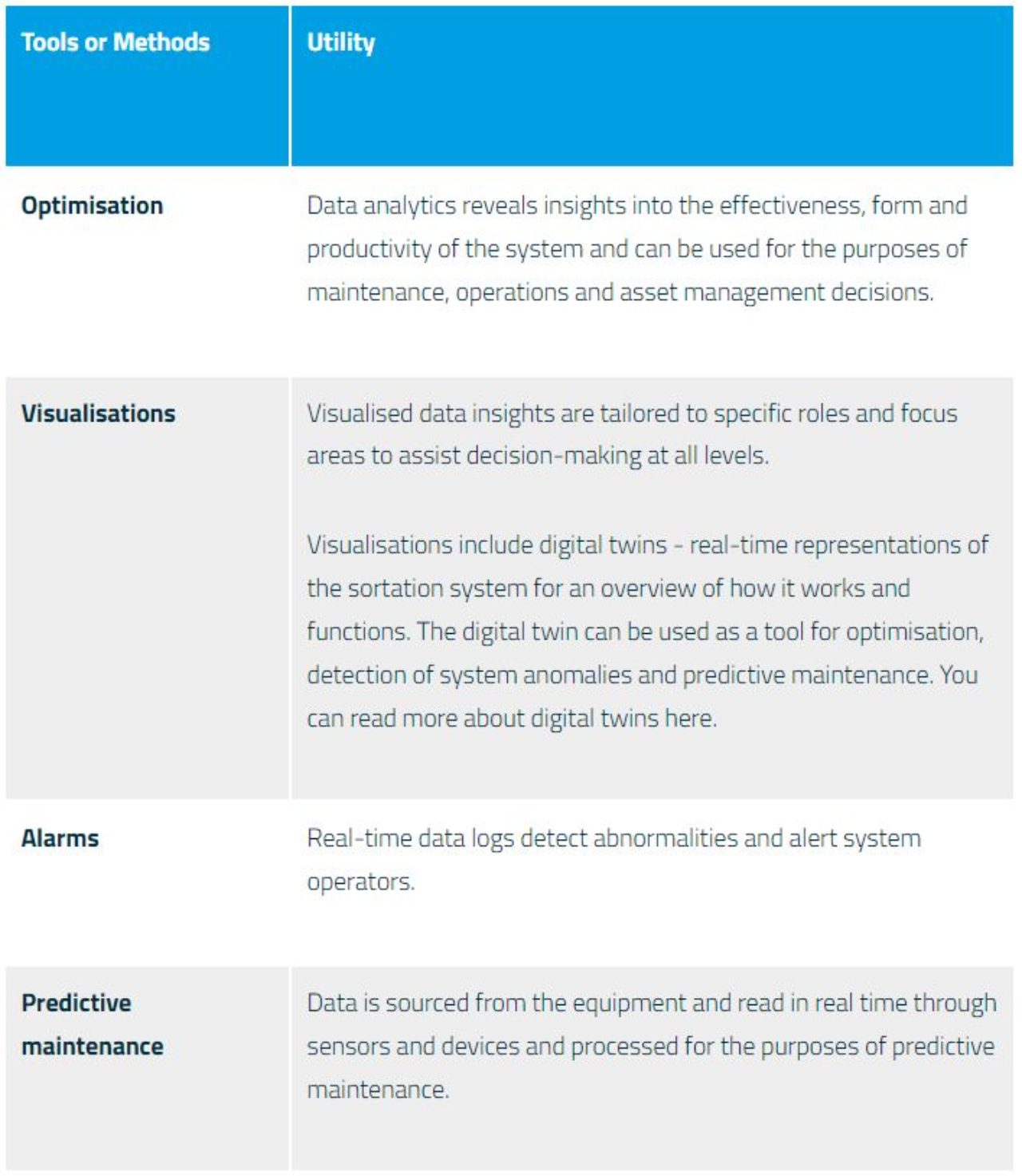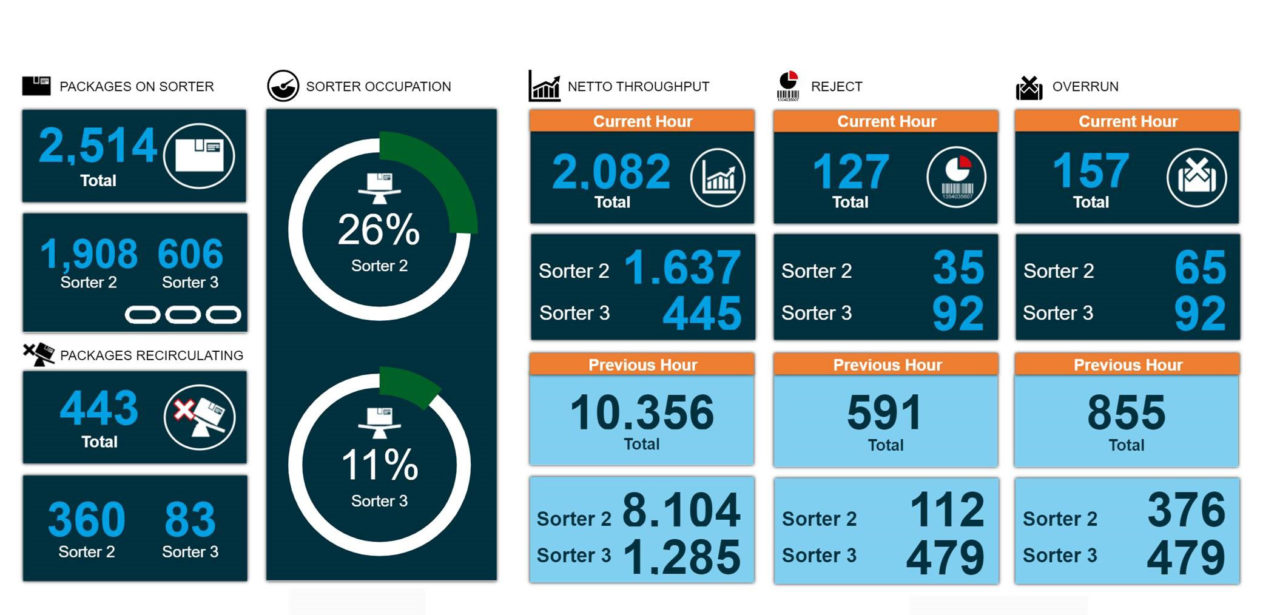In today’s complex fashion logistics, facilities are under constant pressure to optimise their processes for greater efficiency. This demand for enhanced performance arises among other, already challenging factors, including:
- Omnichannel sales: Operations must run smarter and faster to handle B2B and B2C.
- Seasonal demand fluctuation: Requires a flexible solution without reaching overcapacity.
- Overstocking, out-of-stock situations: Requires visibility into demand.
- Returns: Smarter ways are needed to manage enormous amounts.
- Manual labour: Unloading, picking, packing and assessing returns are labour intensive.
- System failures and downtimes: Same-day delivery means facilities have no room for delays.
With these issues, fashion fulfilment houses need a practical solution to their everyday operations. And that’s where data analytics has an important role to play.
How fashion logistics facilities can use data
Through data capture and analysis, fashion logistics facilities can gain insights to improve their material handling systems. The data collected can help provide a clear view of how a system is performing. Data assists facilities to understand what and why something has happened. They can then react when certain digital preconditions are met.
Here are some of the tools or methods that use data in a structured way:


















